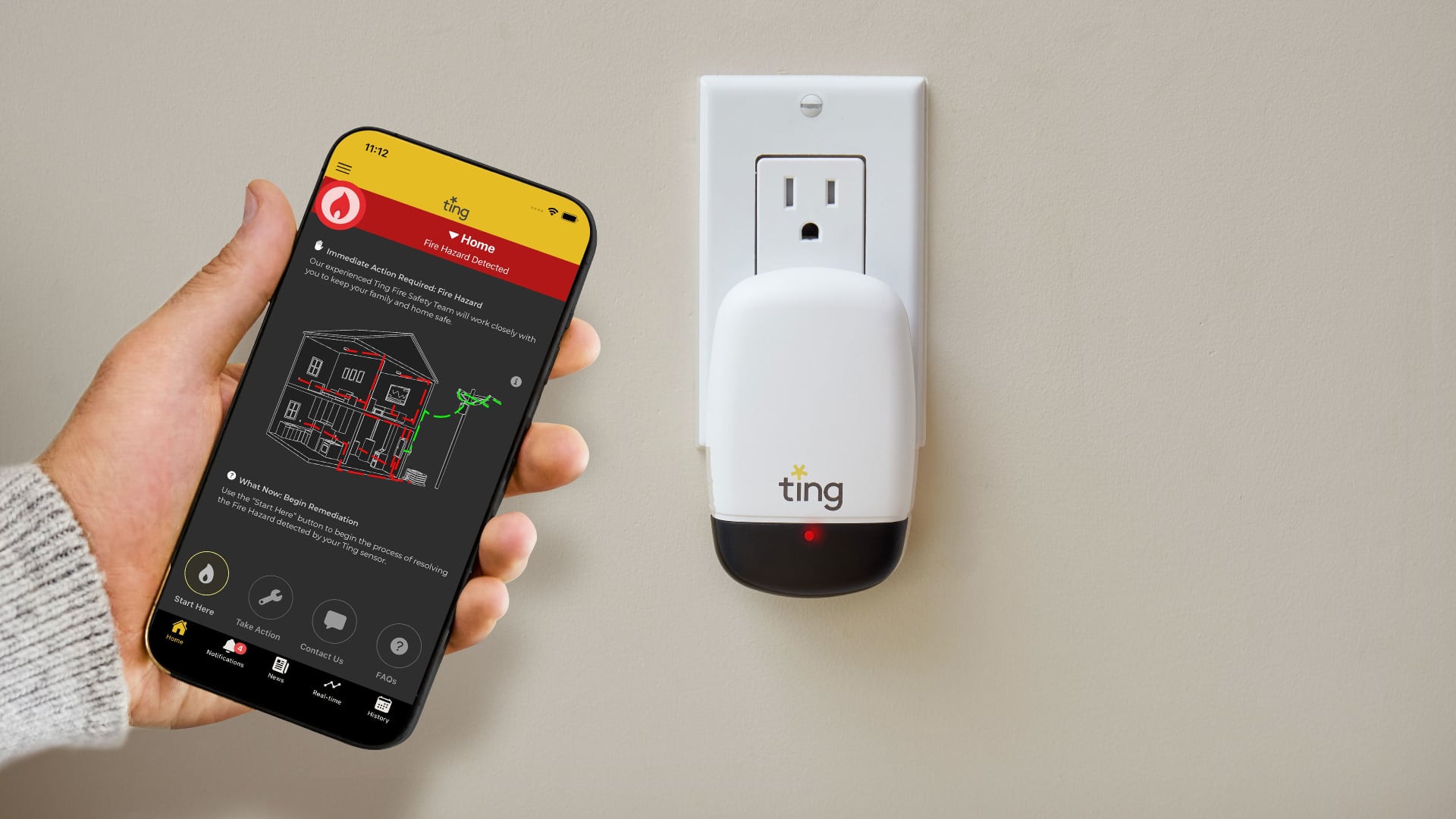By Paul Wiseman
America’s employers added a solid 236,000 jobs in March, suggesting that the economy remains on solid footing despite the nine interest rate hikes the Federal Reserve has imposed over the past year in its drive to tame inflation.
The unemployment rate fell to 3.5%, just above the 53-year low of 3.4% set in January.
At the same time, some of the details of Friday's report from the Labor Department raised the possibility that inflationary pressures might be easing and that the Fed might soon decide to pause its rate hikes. Average hourly wages were up 4.2% from 12 months earlier, down sharply from a 4.6% year-over-year increase in February.
Measured month to month, wages rose 0.3% from February to March, a tick up from a mild 0.2% gain from January to February. But even that figure marked a slowdown from average wage increases in the final months of 2022.
In another sign that might reassure the Fed's inflation fighters, a substantial 480,000 Americans began looking for work in March. Typically, the bigger the supply of job seekers, the less pressure employers feel to raise wages. The result is often an easing of inflation pressures.
In its report Friday, the government also revised down its estimate of job growth in January and February by a combined 17,000.
“The labor market continues to soften," said Sinem Buber, an economist at the job firm ZipRecruiter. ”That should reduce inflationary pressures in the coming months and give the Federal Reserve greater confidence regarding the inflation outlook.''
Last month’s job growth was led by the leisure and hospitality category, which added 72,000. Among that sector’s industries, restaurants and bars gained 50,000.
State and local governments added 39,000, healthcare companies 34,000. But construction companies cut 9,000 jobs, that sector's first such decline since January 2022. And factories reduced payrolls slightly for a second straight month, reflecting a slowdown in U.S. manufacturing.
Though unemployment remains higher for people of color than for white Americans, the unemployment rate for Black workers fell last month to 5% — the lowest jobless rate for African Americans in government records dating to 1972.
With job growth still brisk across the economy, many employers are still struggling to fill positions.
In North Carolina's Outer Banks, Clark Twiddy said his family company, which sells property and helps homeowners rent to vacationers, still faces what he calls “the tightest job market of anyone’s lifetime.’’
Twiddy & Co. has sharply raised entry-level pay for seasonal workers — it hires 500 to 600 a year — to $18-$20 an hour from $13-$14 in 2019.
Service companies like his, Twiddy said, have to treat employees just as respectfully as they do customers, knowing that the best ones have ample job opportunities elsewhere.
“There’s no algorithm that cleans up a bathroom or a kitchen,’’ he said. “We have to pay more. We have to train more. We have to engage more.’’
For Twiddy's 175 full-time employees, he has offered perks — from allowing flexible work-at-home schedules to taking the staff on group trips to Nashville and Las Vegas.
His business is still booming, thanks to Americans’ pent-up demand to take vacations. Despite his higher costs, he said, “I’m making more money at what I’m doing than I’ve ever done.
More than two years of labor shortages have led some companies to turn, by necessity, to machines to try to improve efficiency. Walmart, the nation’s largest retailer and private employer, has embarked on a big push toward automation.
By the 2026 fiscal year, the company says it expects roughly two-thirds of its stores to be served by automation, with a majority of items that are processed through its warehouses to move through automated facilities. The change will involve robotic forklifts that unload goods from truck trailers instead of having workers do the manual work. Walmart said such moves will require roles that demand less physical labor yet could provide higher pay.
Despite last month's healthy job growth, the latest economic signs suggest that the economy may be slowing, which would help cool inflation pressures. Manufacturing is weakening. America’s trade with the rest of the world is declining. And though restaurants, retailers and other services companies are still growing, they are doing so more slowly.
For Fed officials, taming inflation is Job One. They were slow to respond after consumer prices started surging in the spring of 2021, concluding that it was only a temporary consequence of supply bottlenecks caused by the economy’s surprisingly explosive rebound from the pandemic recession.
Only in March 2022 did the Fed begin raising its benchmark rate from near zero. In the past year, though, it has raised rates more aggressively than it had since the 1980s to attack the worst inflation bout since then.
And as borrowing costs have risen, inflation has steadily eased. The latest year-over-year consumer inflation rate — 6% — is well below the 9.1% rate it reached last June. But it’s still considerably above the Fed’s 2% target.
The Labor Department on Thursday said it had adjusted the way it calculates how many Americans are filing for unemployment benefits. The tweak added nearly 100,000 claims to its figures for the past two weeks and might explain why heavy layoffs in the tech industry this year had yet to show up on the unemployment rolls.
The department also reported this week that employers posted 9.9 million job openings in February, the fewest since May 2021 but still far higher than anything seen before 2021.
The Fed has expressed hope that employers would ease wage pressures by advertising fewer vacancies rather than by cutting many existing jobs.
The March numbers are the last jobs report the Fed will see before its next meeting May 2-3. But its policymakers will gain a clearer view of inflationary pressures next week, when the Labor Department will issue reports on prices at the consumer and wholesale levels.
___
AP Retail Writer Anne D'Innocenzio in New York contributed to this report.
Update: Adds detail, background, comment from business. Edits throughout.












